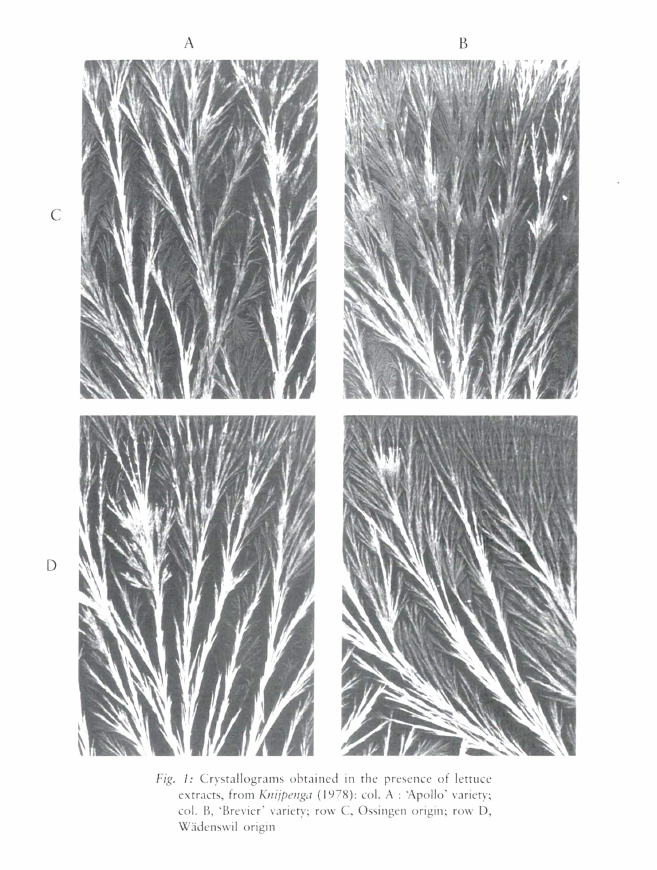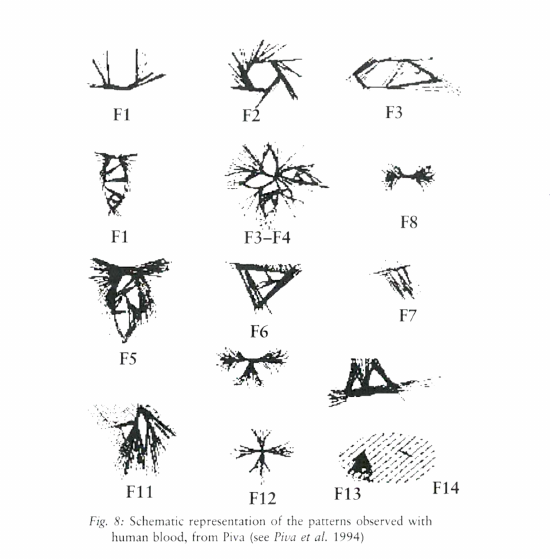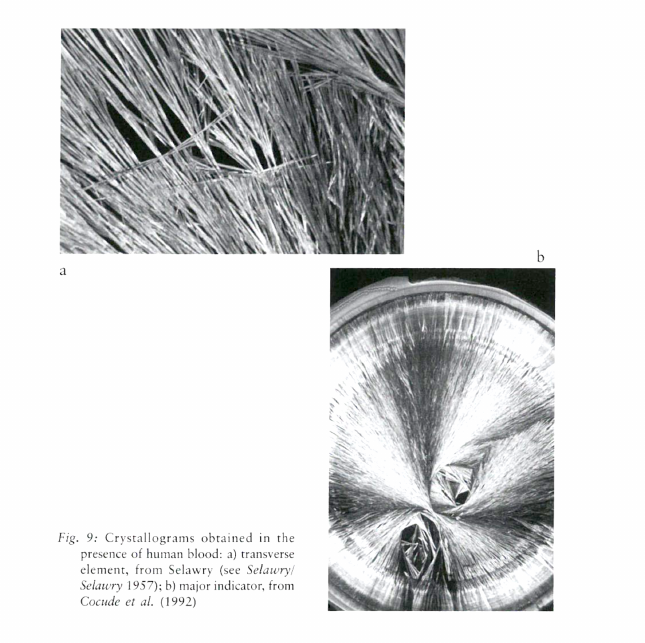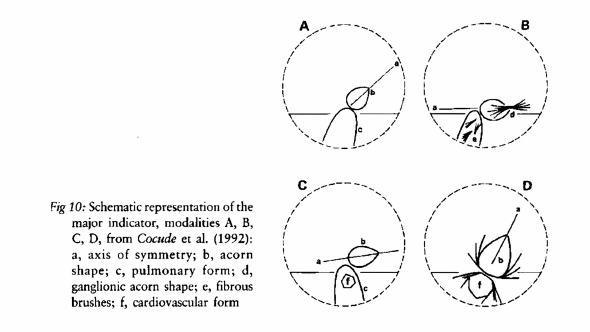Cupric chloride crystallisation with additives and its applications
Export Article Citation as
- Plain text
- BibTeX
- RIS format
- Download price : € 6.00
Abstract:
Biogenic crystals formed under conditions of health or disease are examples of structures whose formation is influenced by a variety of biological substances. Amongst these, acidic proteins play a part in nucleation or modulation of crystal morphology (enzymatic type of property). It is possible to prepare biomimetic crystals using synthetic copolymers (DHBCS‚ double hydrophilic block copolymers) which act as modulators of the morphology of an assortment of minerals. In the same way copper chloride crystallisation is modified by an additive introduced in small to very small quantities into the medium. Additives (A) are of every kind; natural or synthetic polymers exert the greatest specific influence. The crystallograms obtained are heterogeneous with respect to space and time. The remarkable variability of crystal morphologies forms the basis of the system’s potential for application. In the agrifood field, provided that reliable reference material is available, the method allows overall visualisation of food product quality and gives indications that chemical analysis cannot. The characteristics of a crystallogram are influenced by the major chemical constituents of the additive and by the minor qualitative and quantitative variations of its macromolecules. This is shown by the results of both the treatment of milk for its preservation and the physiological or enzymatic degradation of plant tissue.
In the field of medicine it has been demonstrated that crystallographic variables are correlated with groups of pathologies and with variations in the concentration of blood ptoteins. The variables are predictive of a worsening of pneumoconiosis. In another respect, the results obtained reinforce the hypothesis that the method enables visualisation of the risk indicators of pathologies manifesting in general practice (risk of cancer appearing) or occupational health (early diagnosis of occupational diseases). The validity of the hypothesis regarding the method’s predictive value would have to be established through appropriate prospective studies. The available data support the view that the mechanism of action of an additive on the crystallisation of copper chloride proceeds according to the same mechanisms as those described for other systems.









